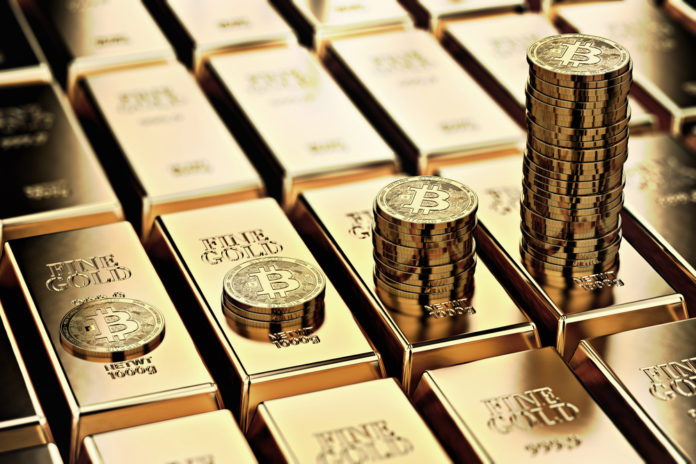
Gold is an economic constant. It will never become worthless, nor will it decline due to inflation over time like a fiat currency, writes Rainer Michael Preiss
Gold is the best performing currency hard asset against any nation state currency so far this year and rising +16 per cent against the US dollar.
While Gold has done well against emerging market currencies in the past, bullion was in a bear market against the Dollar over the last eight years. This year however, gold is the best performing currency not only against the US dollar but also against historic safe haven hard currencies like the Swiss Franc.
The back of the U.S. dollar says “In God We Trust.” However, for an increasing number of investors in 2019 the motto increasingly is “In Gold We Trust,”.
Analyst have noticed and of late we are seeing an upgrade cycle for gold. Increasingly the new “consensus” among bank analysts is that Gold prices may rally to $1,700 and potentially to a record above $2,000 an ounce in the next two years.
Gold Seen Rising 11 per cent by October Next Year, LBMA (London Bullion Market Association) Survey Shows. Forecasts are based on positive drivers including rising risks of a global recession and the likelihood that the Federal Reserve could reduce U.S. interest rates to zero.
Similar to the old market adage, do not fight the Fed, “just because it is consensus does not make it wrong” comes to mind.
A renewed interest in gold is being driven by a confluence of factors that include the current political stand-off between Turkey and the US over Syria, the late-stage economic cycle, rising global debt levels and an escalating U.S.-China trade war.
Central banks, especially from emerging countries, show increasing demand for gold, due to its liquidity, strong diversification benefit and financial security it can provide to an independent country. This is why according to the World Gold Council, purchases of gold by central banks in 2018 were the highest on record since 1971.
Conventional wisdom says that gold is the anti-dollar. That is, whenever the greenback is strong, gold is weak, and vice versa. Gold prices react inversely to U.S. dollar real yields. But Gold is not about inflation on its own, and it’s not about interest rates on its own. But it’s about the relationship between the two and trust or the lack of it in Central Banks.
Safe Money
Today, investors are increasingly viewing gold as “safe money” at a time when current Fed Chairman Jerome Powell publicly opined that he is “very concerned about U.S. debt levels”.
Gold is an economic constant. It will never become worthless, nor will it decline due to inflation over time like a fiat currency. Gold carries no risk of default, nor can it go bankrupt. So when stocks fall, gold tends to hold its ground (or go up). It’s great portfolio insurance.
J.P. (John Pierpont) Morgan opined that “gold is money, everything else is credit,” and in a world of too much debt, central banks understand that very well.
As recessionary concerns build, the U.S. yield curve has flattened, and equities could come under pressure. Gold is moving into a new multi-year bull market as investors become more defensive in their portfolios and asset allocations. Private Investors take note.





